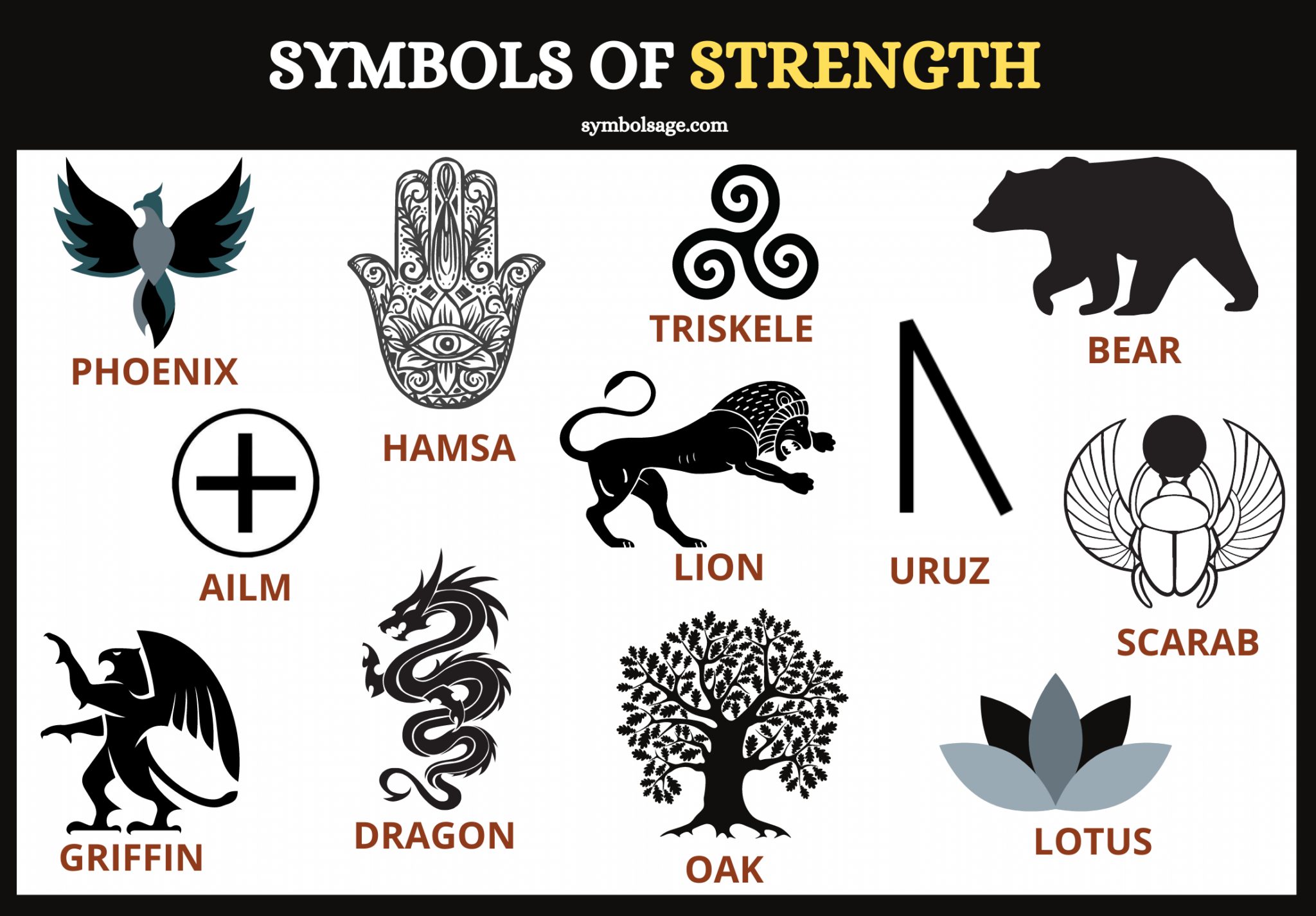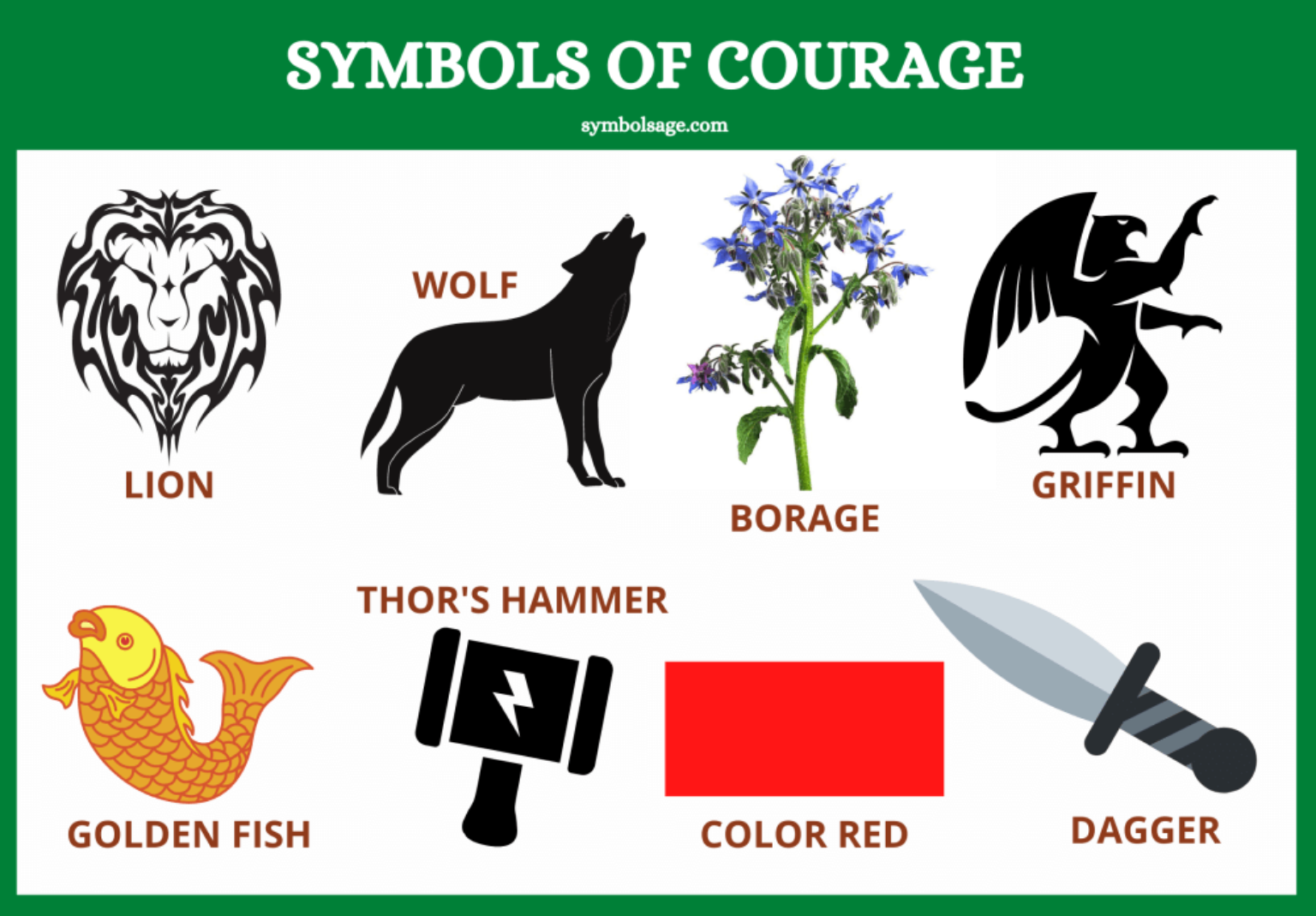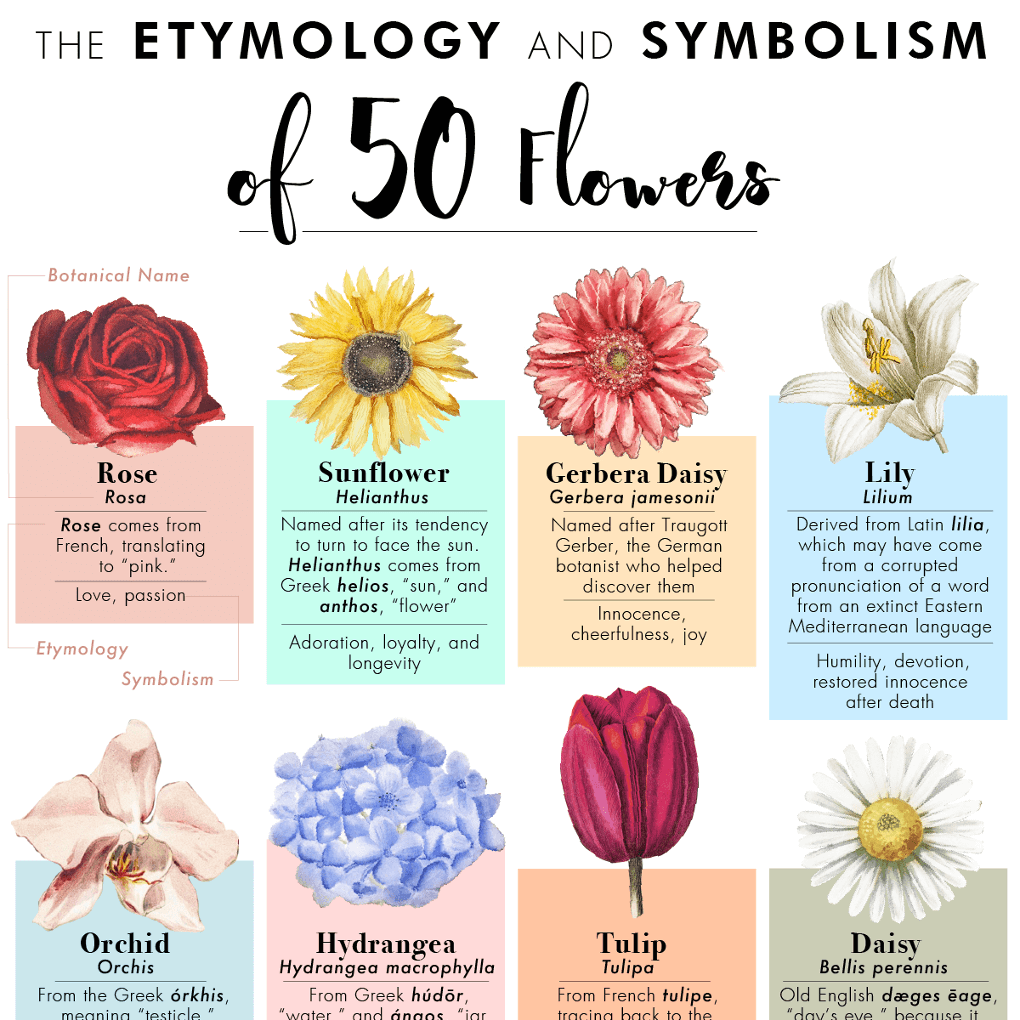Powerful Symbols Of Strength And Courage: Unraveling Their Meaning
Symbolism for strength and courage represents the use of symbols, objects, or images to convey ideas or qualities associated with strength and courage. It can be found in various forms, including art, literature, and mythology. For instance, the lion is a common symbol of strength and courage due to its perceived bravery and ferocity.
Symbolism for strength and courage serves several purposes. Firstly, it allows for the abstract qualities of strength and courage to be represented in a tangible form, making them more relatable and impactful. Secondly, symbols can transcend language and cultural barriers, enabling the universal communication of these virtues. Moreover, symbolism can add depth and nuance to stories and artwork, enriching their emotional impact and providing deeper insights into the human experience of strength and courage.
Throughout history, various cultures have employed distinct symbols to represent strength and courage. In ancient Egypt, the scarab beetle symbolized strength due to its resilience and ability to roll large objects. In Norse mythology, Thor's hammer, Mjlnir, represented both strength and courage, reflecting the god's mighty power. Similarly, in Christianity, the cross is often seen as a symbol of courage and strength in the face of adversity.
Symbolism for Strength and Courage
Symbolism for strength and courage encompasses a diverse range of symbols, objects, and images that convey the qualities of strength and courage. These symbols can be found in various forms, including art, literature, and mythology, and serve to represent abstract qualities in a tangible and impactful way.
- Animals: Lions, tigers, and eagles are often used to symbolize strength and courage due to their perceived bravery and ferocity.
- Objects: Swords, shields, and armor are common symbols of courage and strength, representing the tools used to defend oneself and overcome challenges.
- Colors: Red and gold are often associated with strength and courage, as they evoke feelings of passion, power, and determination.
- Natural Phenomena: Storms, mountains, and thunder are often used to symbolize the power of nature and the courage required to face adversity.
- Mythological Figures: Hercules, Achilles, and Joan of Arc are examples of mythological figures who embody strength and courage, representing the human capacity for greatness.
- Religious Symbols: The cross in Christianity, the Star of David in Judaism, and the Om symbol in Hinduism are examples of religious symbols that represent strength, courage, and faith.
These key aspects of symbolism for strength and courage provide a glimpse into the diverse ways in which these qualities can be represented and understood. They highlight the importance of symbolism in conveying abstract concepts, transcending cultural and linguistic barriers, and enriching our understanding of the human experience.
Animals
In the realm of symbolism for strength and courage, animals hold a prominent place, with lions, tigers, and eagles standing as prime examples. These majestic creatures embody the qualities of strength and courage through their perceived bravery and ferocity, making them powerful symbols across cultures and throughout history.
- Regal Strength: Lions, known as the "king of the jungle," symbolize strength, power, and authority. Their majestic presence and formidable hunting skills have made them symbols of strength and courage in cultures worldwide.
- Unyielding Courage: Tigers, renowned for their ferocity and determination, represent unwavering courage and resilience. Their ability to face danger head-on and emerge victorious has made them symbols of courage in many Asian cultures.
- Soaring Ambition: Eagles, with their ability to soar high above the earth, symbolize ambition, courage, and freedom. Their keen eyesight and powerful flight represent the ability to overcome obstacles and achieve great heights.
- Cross-Cultural Symbolism: The use of animals to symbolize strength and courage transcends cultural boundaries. Lions, tigers, and eagles appear in mythologies, folklore, and heraldry worldwide, showcasing their universal appeal as symbols of these virtues.
These facets of animal symbolism provide a deeper understanding of the connection between animals and the qualities of strength and courage. By embodying these traits, animals become powerful symbols that inspire, motivate, and represent the human capacity for greatness.
Objects
Objects such as swords, shields, and armor hold significant symbolic meaning in the realm of strength and courage. These objects serve as tangible representations of the tools used to defend against adversity and emerge victorious in the face of challenges. They embody the virtues of courage, resilience, and determination.
- Defensive Strength: Shields symbolize protection, strength, and the ability to withstand adversity. They represent the capacity to stand firm against opposition and safeguard oneself or others from harm.
- Unwavering Courage: Swords embody courage, determination, and the willingness to confront challenges head-on. They represent the strength of conviction and the resolve to fight for what is right.
- Resilient Determination: Armor represents resilience, endurance, and the ability to overcome obstacles. It signifies the strength to withstand hardship and emerge victorious from challenging situations.
- Tools for Triumph: Collectively, swords, shields, and armor represent the tools necessary for triumph. They symbolize the courage to face adversity, the strength to endure, and the determination to overcome challenges.
These facets of symbolism highlight the profound connection between objects and the virtues of strength and courage. Through their symbolic representation, these objects inspire us to embrace courage, resilience, and determination in our own lives.
Colors
In the realm of symbolism for strength and courage, colors play a significant role in conveying these virtues. Red and gold, in particular, are two colors that have strong associations with strength, courage, and determination.
- Fiery Passion: Red is often associated with passion, intensity, and vitality. It represents the raw energy and drive that fuels strength and courage, inspiring action and determination.
- Regal Power: Gold is often associated with power, authority, and wealth. It represents the strength and stability that comes from within, enabling individuals to face challenges with confidence and determination.
- Unwavering Determination: The combination of red and gold creates a powerful symbol of unwavering determination. It represents the strength to persevere through adversity, the passion to achieve goals, and the courage to stand up for what is right.
- Historical Significance: Throughout history, red and gold have been used in flags, uniforms, and other symbols of strength and courage. For instance, the red and gold colors of the Chinese imperial flag represented the power and strength of the emperor.
These facets of color symbolism highlight the profound connection between colors and the virtues of strength and courage. By understanding the symbolic meanings of red and gold, we can gain a deeper appreciation for the role colors play in conveying these essential qualities.
Natural Phenomena
In the realm of symbolism for strength and courage, natural phenomena hold a prominent place. Storms, mountains, and thunder serve as powerful symbols of the untamed forces of nature and the courage required to face adversity.
- Untamed Power: Storms represent the raw and untamed power of nature. They symbolize the challenges and obstacles that life throws our way, testing our strength and resilience.
- Immovable Strength: Mountains embody the unwavering strength and stability of nature. They represent the fortitude and determination required to overcome adversity and reach new heights.
- Resounding Courage: Thunder symbolizes the resounding courage needed to face life's challenges head-on. It represents the inner strength and determination to persevere despite fear and uncertainty.
By harnessing the symbolism of natural phenomena, we gain a deeper understanding of the virtues of strength and courage. These symbols remind us that even in the face of adversity, we possess the inner strength to overcome challenges and emerge victorious.
Mythological Figures
Mythological figures have long been revered for their embodiment of strength and courage, serving as symbols of the human capacity for greatness. Hercules, Achilles, and Joan of Arc stand as prime examples, each representing a unique facet of these virtues:
- Unconquerable Strength: Hercules, the legendary demigod, is renowned for his immense strength and unwavering determination. His twelve labors exemplify the challenges and triumphs that test the limits of human strength.
- Courage in Battle: Achilles, the valiant warrior of Greek mythology, represents the epitome of courage on the battlefield. His unwavering resolve and willingness to face danger head-on embody the spirit of a true warrior.
- Resilience in Adversity: Joan of Arc, the French heroine, exemplifies resilience and courage in the face of adversity. Her unwavering faith and determination to fight for her beliefs demonstrate the indomitable spirit that resides within us all.
These mythological figures serve as powerful symbols of strength and courage, reminding us of the potential for greatness that lies within each of us. They inspire us to embrace our own strength, face challenges with determination, and strive to achieve our full potential.
Religious Symbols
Religious symbols hold profound significance in representing strength, courage, and faith. The cross in Christianity, the Star of David in Judaism, and the Om symbol in Hinduism are powerful examples that embody these virtues within their respective religious contexts.
- Divine Strength: The cross in Christianity symbolizes the ultimate sacrifice and triumph of Jesus Christ. It represents the strength and resilience found in faith, reminding believers of the power of love and forgiveness.
- Unwavering Courage: The Star of David, a symbol of Judaism, represents the unwavering courage of the Jewish people throughout history. It signifies the strength to endure adversity and the determination to preserve one's identity and traditions.
- Spiritual Fortitude: The Om symbol in Hinduism represents the divine and the ultimate reality. It embodies the strength and courage found within spirituality, guiding individuals towards inner peace and enlightenment.
These religious symbols serve as constant reminders of the strength, courage, and faith that can be found within religious beliefs. They inspire individuals to draw upon these virtues in their own lives, fostering resilience, determination, and a deep connection to the divine.
FAQs on Symbolism for Strength and Courage
This section addresses frequently asked questions (FAQs) regarding the symbolism of strength and courage, providing clear and informative answers to enhance understanding.
Question 1: What is the significance of using symbols to represent strength and courage?
Answer: Symbols provide a powerful means to convey abstract qualities like strength and courage in a tangible and impactful way. They transcend cultural and linguistic barriers, allowing for universal understanding and appreciation of these virtues.
Question 2: What are some common examples of animals that symbolize strength and courage?
Answer: Lions, tigers, and eagles are frequently used to represent strength and courage due to their perceived bravery, ferocity, and ability to overcome challenges.
Question 3: How do colors contribute to the symbolism of strength and courage?
Answer: Colors such as red and gold are often associated with strength and courage. Red evokes feelings of passion, intensity, and vitality, while gold represents power, authority, and resilience.
Question 4: What role do natural phenomena play in symbolizing strength and courage?
Answer: Natural phenomena like storms, mountains, and thunder are used to represent the untamed forces of nature and the courage required to face adversity. They symbolize the challenges and obstacles that test human strength and resilience.
Question 5: How do mythological figures embody the virtues of strength and courage?
Answer: Mythological figures such as Hercules, Achilles, and Joan of Arc represent the human capacity for greatness. They embody strength, courage, and resilience in the face of adversity, inspiring us to embrace our own potential.
Question 6: What is the importance of religious symbols in representing strength and courage?
Answer: Religious symbols, such as the cross in Christianity, the Star of David in Judaism, and the Om symbol in Hinduism, hold profound significance in representing strength, courage, and faith. They provide a constant reminder of the virtues found within religious beliefs and inspire individuals to draw upon them in their own lives.
Summary of key takeaways:
- Symbols are essential for representing abstract qualities like strength and courage in a tangible way.
- Animals, colors, natural phenomena, mythological figures, and religious symbols all contribute to the diverse symbolism of strength and courage.
- These symbols provide inspiration, motivation, and a deeper understanding of the virtues they represent.
Transition to the next article section:
Having explored the symbolism of strength and courage, let us now delve into the practical ways to cultivate these virtues in our own lives.
Tips on Cultivating Strength and Courage
Harnessing the symbolism of strength and courage is one aspect of embracing these virtues. To further cultivate them in our lives, consider the following practical tips:
Tip 1: Embrace ChallengesChallenges are opportunities to test and develop our strength and courage. Instead of avoiding them, actively seek out opportunities to step outside of your comfort zone and face your fears head-on.
Tip 2: Practice Self-ReflectionTake time for self-reflection to identify your strengths and areas for growth. By understanding yourself better, you can develop strategies to enhance your resilience and cultivate courage in all aspects of your life.
Tip 3: Surround Yourself with Positive InfluencesThe company you keep can significantly impact your mindset. Surround yourself with individuals who embody strength and courage, and who will support and encourage you on your journey.
Tip 4: Visualize SuccessVisualization is a powerful tool for building confidence and courage. Regularly visualize yourself successfully overcoming challenges and embodying the virtues of strength and courage.
Tip 5: Learn from Role ModelsIdentify role models who embody the qualities of strength and courage that you aspire to develop. Study their stories, learn from their experiences, and draw inspiration from their resilience.
Summary of key takeaways:Cultivating strength and courage requires a multifaceted approach that encompasses embracing challenges, practicing self-reflection, seeking positive influences, visualizing success, and learning from role models. By incorporating these tips into your life, you can develop the inner strength and courage to face adversity, pursue your goals, and live a more fulfilling life.
As you embark on this journey of personal growth, remember that strength and courage are not innate qualities but rather virtues that can be developed and strengthened over time. Embrace the challenges you encounter, learn from your experiences, and never cease to believe in your ability to overcome adversity and live a courageous life.
Conclusion
Throughout history and across cultures, symbolism has played a vital role in representing the abstract virtues of strength and courage. From the majestic lion to the unflinching warrior, from the fiery red color to the towering mountain, symbols provide a tangible and impactful way to convey these essential qualities.
The exploration of symbolism for strength and courage offers valuable insights into the human experience. It reminds us that strength and courage are not merely physical attributes but also virtues that can be cultivated within ourselves. By embracing the symbolism associated with these virtues, we can draw inspiration, motivation, and guidance on our own journeys.
As we navigate the challenges and opportunities that life presents, may we find strength in the symbols that resonate with us. May they serve as constant reminders of our inner resilience, our capacity for courage, and our ability to overcome adversity and live fulfilling lives.

Symbols of Strength and Their Meanings Symbol Sage

Top 14 Symbols of Courage and Resilience and What They Mean

What flower represents infertility?